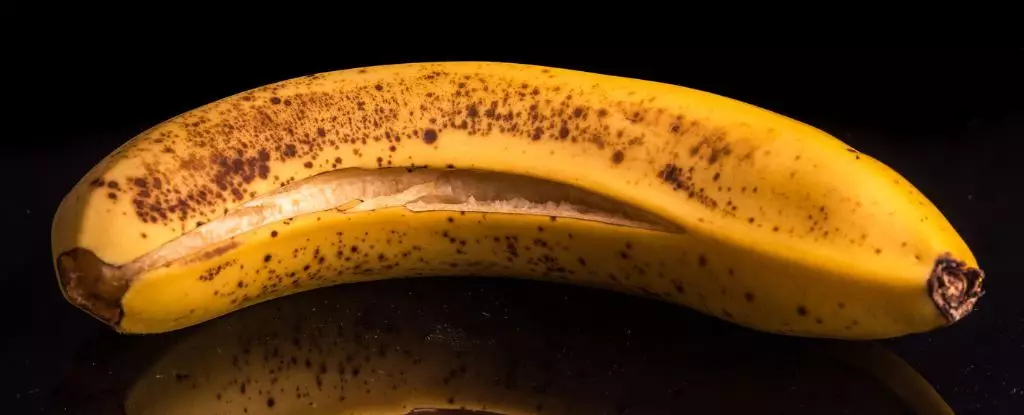When we think of bananas, our minds often drift to their vibrant yellow flesh, perfect for snacks, smoothies, or desserts. However, the often-overlooked banana peel can be a treasure trove of nutrition, flavor, and potential culinary applications. Recent studies have unearthed new uses for this typically discarded part of the fruit, revealing that banana peels are not just edible but can be a delightful ingredient, contributing fiber, minerals, and unique flavors to our diets.
In a groundbreaking study, researchers have demonstrated that banana peels can be transformed into flour through a process of blanching, drying, and grinding. This flour can then serve as a substitute or supplement for traditional wheat flour in baking. The results revealed that baked goods made with banana peel flour not only tasted comparable to their wheat-based counterparts but in some cases could even surpass them in flavor. For instance, when a control group tasted sugar cookies made with 7.5% banana peel flour, they reported high satisfaction, equating them to more conventional treats.
The health benefits tied to banana peel consumption are noteworthy. Specifically, the study revealed significant increases in essential nutrients such as fiber, magnesium, potassium, and various antioxidants—important components for a balanced diet. The additional fiber also offers potential digestive benefits, making products like banana peel-fortified cookies a smart choice for the health-conscious.
However, a key insight from this research is the importance of balance when incorporating banana peel flour. While excess use can lead to denser cookies that are less visually appealing—often resulting in a brown hue—practicing moderation creates a much more palatable outcome. This discovery opens the door to other culinary applications. Imagine breads, cakes, or even pasta enriched with banana peel flour. Each could become a delicious, nutrient-dense version of their traditional forms.
A case study involving banana peel cake showcased just how beneficial this ingredient can be. It not only provided a natural and pleasing food color but also enhanced the overall nutritional profile of the cake. The ability to replace a portion of wheat flour with banana peel flour holds promise for various baked goods, bringing the potential for health benefits along with delightful flavors.
Among the culinary scene, creative minds are already experimenting with banana peels in radical ways. Famous chefs and vegan recipe developers have taken notice, integrating banana peels into unexpected dishes such as savory curries, banana peel ‘bacon’, and even pulled ‘pork’ alternatives. Each innovative method highlights the versatility of the peel, turning what was once deemed waste into a gourmet experience.
Additionally, the environmental impact of utilizing banana peels cannot be understated. Currently, an estimated 40% of a banana’s weight is comprised of its peel, which is frequently discarded, contributing to food waste. By embracing the peel, consumers not only reduce waste but also tap into a resource that is both healthy and sustainable.
The intrigue surrounding banana peels raises questions about other fruit skins as well. For example, mango peels are now being researched for their properties to elevate the antioxidant levels in baked goods. The message is clear: there’s more to fruit than we typically acknowledge. Harnessing the potential of seemingly undesirable parts of produce can lead to healthier choices while promoting sustainability in our food systems.
Next time you enjoy a banana, consider exploring ideas that go beyond the fruit’s flesh. With the right preparation techniques, banana peels can become a flavorful, nutritious, and sustainable component of your meals. Embracing this overlooked part of the fruit may not only delight your palate but also contribute positively to your health and the environment. As culinary experimentation continues to evolve, who knows what other hidden gems within our everyday fruits are waiting to be discovered? So go ahead, keep that peel next time—it might just change the way you think about food waste and nutrition.


Leave a Reply